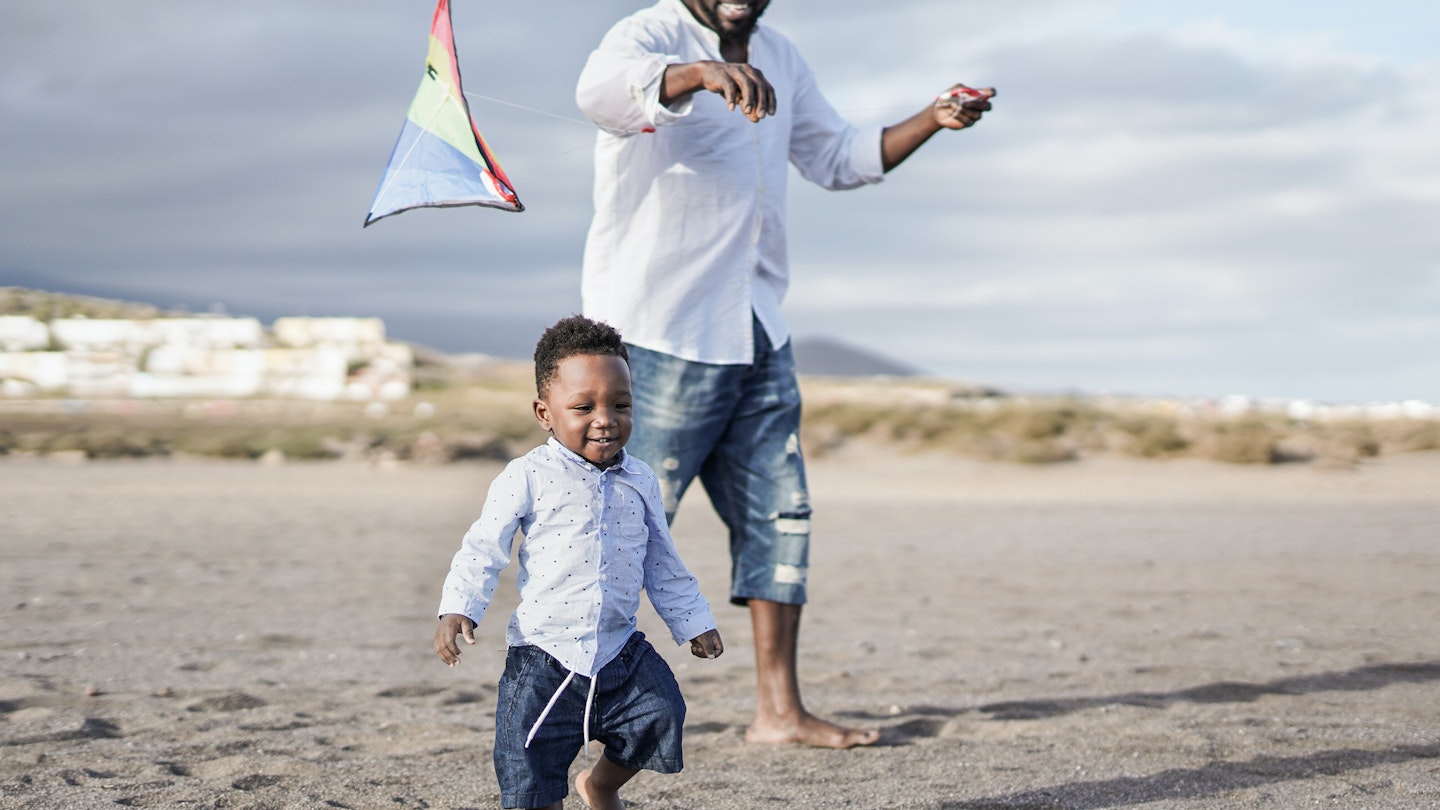Summary

Kenya is East Africa’s premier choice for engaging in a wildlife safari with children.
Affordability is notable, Kenyan culture is highly accommodating for children, the climate is ideal, and there exists a plethora of activities. Whether it involves observing an elephant in Amboseli National Park, seeing giraffes up close in the vicinity of Nairobi, lounging on pristine sandy beaches around Watamu, riding in a wooden donkey cart on Lamu Island, or gaining insights into the Maasai community while discovering the Masai Mara.
If you’re contemplating an African expedition and are curious about how your children will respond, do not hesitate—your children (and you) are likely to thoroughly enjoy Kenya.
What makes Kenya good for kids?
The succinct response is: nearly everything. Kenya presents an exceptional destination for children of all ages. With highlights incorporating sailing on a dhow (traditional sailboat) and wildlife observation to hiking on Mt Kenya, your greatest challenge may essentially lie in how to accommodate all the activities you wish to partake in.
In Nairobi, healthcare services are commendable, and supermarkets are consistently stocked, ensuring easy accessibility to nappies, formula, bottled water, and baby food.
Although there are limited child-centric facilities, some hotels and dining establishments feature baby-changing areas, and in venues without these amenities, locating a quiet space is typically manageable. The vibrantly colored kanga, kikoi, and other textiles that you will encounter are lightweight and useful as a ground cover for baby-changing.
If traveling with an infant, these textiles can also be utilized as wraps to carry your small traveler on your back, in traditional Kenyan style—a far more advantageous option than a stroller, which can be impractical due to uneven and frequently non-existent sidewalks in many areas.
For transportation, ride-hailing applications such as Uber are reliable options in Nairobi and Mombasa, as are private taxis. Families can consider convenient means of transport to various destinations across the country through arrangements with their safari company, hiring a private vehicle with a driver, or utilizing a self-drive rental option.
If opting for a rental, ensure prior confirmation of child seat availability. For adventurous families, there are also long-distance buses, and for travel connecting Nairobi and Mombasa (including detours for Amboseli and Tsavo parks), there is train service.

Where are the best places to visit in Kenya with kids?
If your focus is on wildlife, beginning your journey at Nairobi National Park, located just outside the capital, is optimal before proceeding southeast and southwest to larger national parks.
Numerous locations offer beach and coastal enjoyment, including regions around Wasini, Diani, Watamu, and Lamu. History aficionados will appreciate the museums in both Nairobi and Lamu. For active pursuits, older teens may relish trekking on Mt Kenya, with options for mountain biking, rafting, and hiking readily available near the capital and beyond.
Best things to do in Kenya with babies and toddlers
Nairobi’s Giraffe Centre serves as an excellent introduction to Kenya’s wildlife for young children. The giraffes are lively throughout the day, providing numerous opportunities for close encounters and feeding.
Along the coast, the beaches are delightful family-friendly destinations, particularly those near Diani and Watamu which are well-suited for babies and toddlers. The scenery is stunning, there are sheltered water areas available, most beachfront resorts feature swimming pools, and the soft sand is ideal for building sandcastles and playful activities.

Best things to do in Kenya with kids
Begin in Nairobi with a visit to Nairobi National Park, where wildlife sighting is practically assured. While there, do not miss the opportunity to nourish orphaned elephants at the David Sheldrick Wildlife Trust.
In coastal Watamu, the pleasantly worn Turtle Bay Beach Club has long been favored by families, as have the glass-bottom boat excursions at Diani Beach.
Gaining familiarity with Maasai culture is another potential highlight. Beyond the various Maasai individuals you will encounter during your travels, families can engage in visits to Maasai villages and uncover traditional practices, including at the family-oriented Oldarpoi Mara Camp.
Best things to do in Kenya with tweens and teens
Exploratory bush walks, night game drives, and the overall safari experience are among the numerous attractions available for tweens and teens. Popular family wildlife destinations encompass the Masai Mara, Amboseli, Lake Nakuru, and Ol Pejeta.
Older, adventurous teens may test their limits by engaging in trekking on Mt Kenya, mountain biking, or white-water rafting. Savage Wilderness excels in organizing cycling trips, including around the Masai Mara, tailored for participants aged 12 and older, along with rafting and kayaking experiences.
For a more relaxed alternative, tweens and teens can engage in snorkeling at Kisite Mpunguti Marine Park & Reserve, attempt stand-up paddleboarding around Watamu, or visit Lamu Island for a gentle introduction to Swahili culture, which includes a visit to the worthwhile Lamu Museum. Retuning to Nairobi, the Nairobi National Museum merits a visit, featuring significant historical exhibits.

Planning tips
As of 2024, travel to Kenya will permit visa-free entry for all citizens of African nations. For individuals of other nationalities, visas must be procured in advance via the Kenyan government’s e-portal. Children under 16 do not require a visa; however, they must possess a valid passport and must be listed on their parent’s application.
Several lodges and camps located within wildlife regions impose restrictions on hosting young children, thus verifying this beforehand is advisable. Regarding establishments that accommodate families, always inquire about child discounts.
While most necessities can be obtained in Nairobi, it is prudent to bring child-friendly insect repellent from your home, along with a light jacket, particularly during travels away from the coastal areas.





